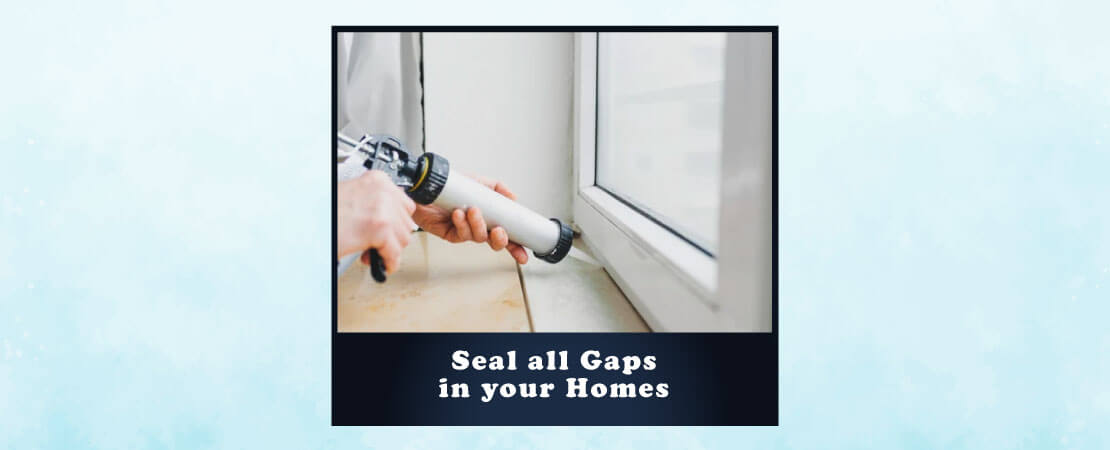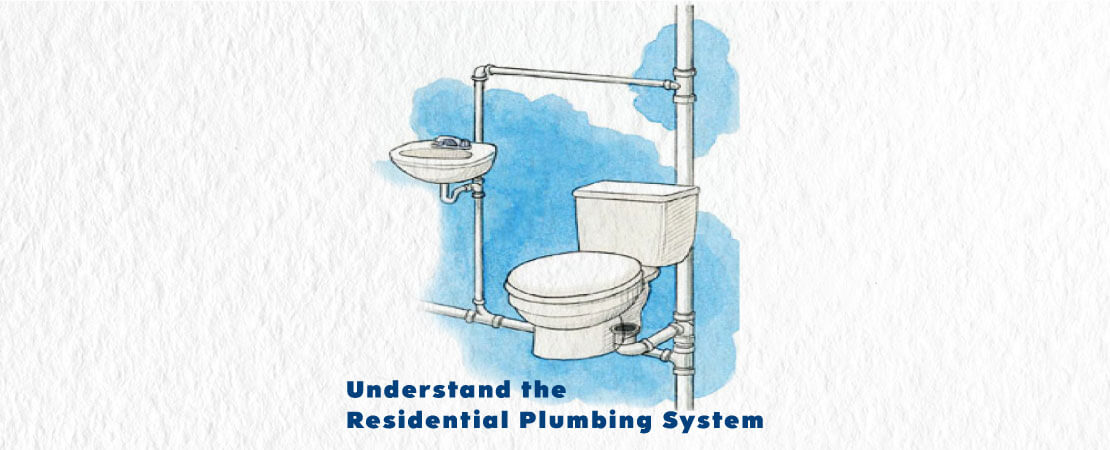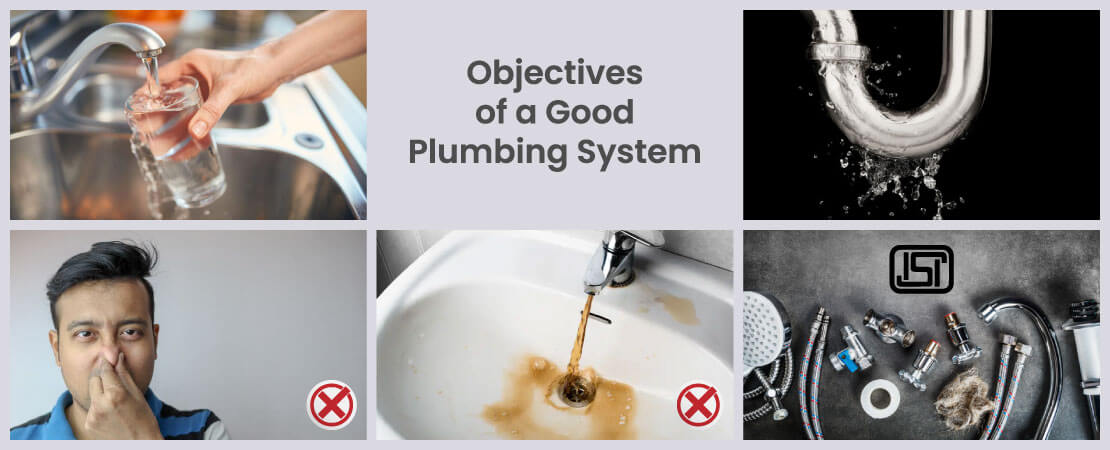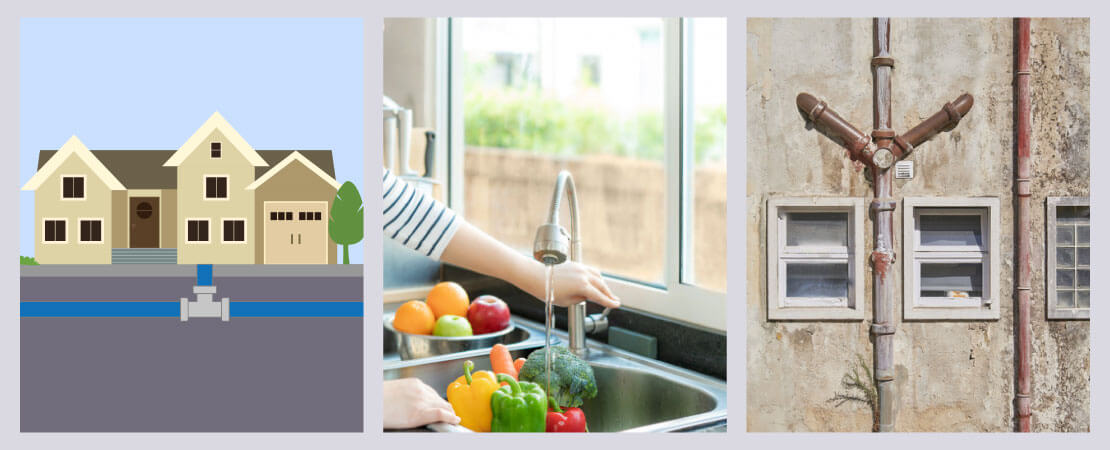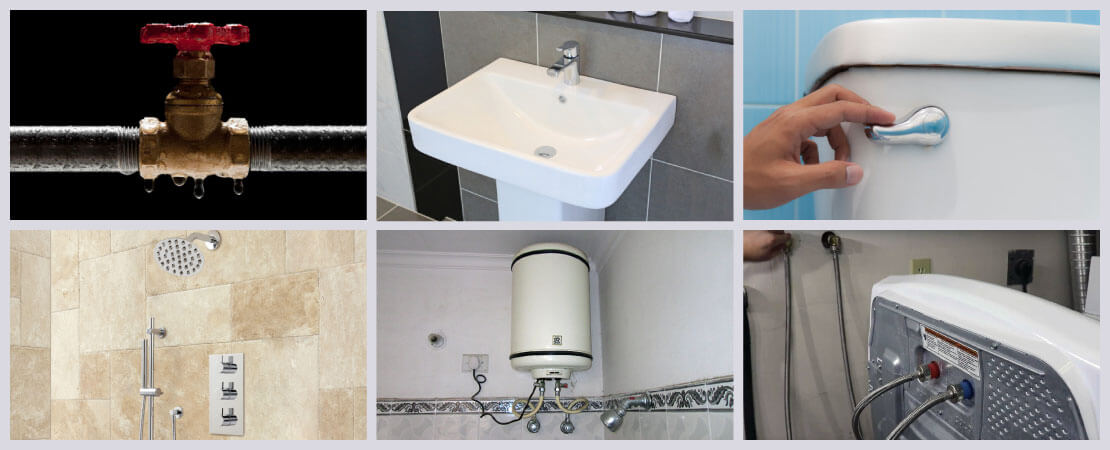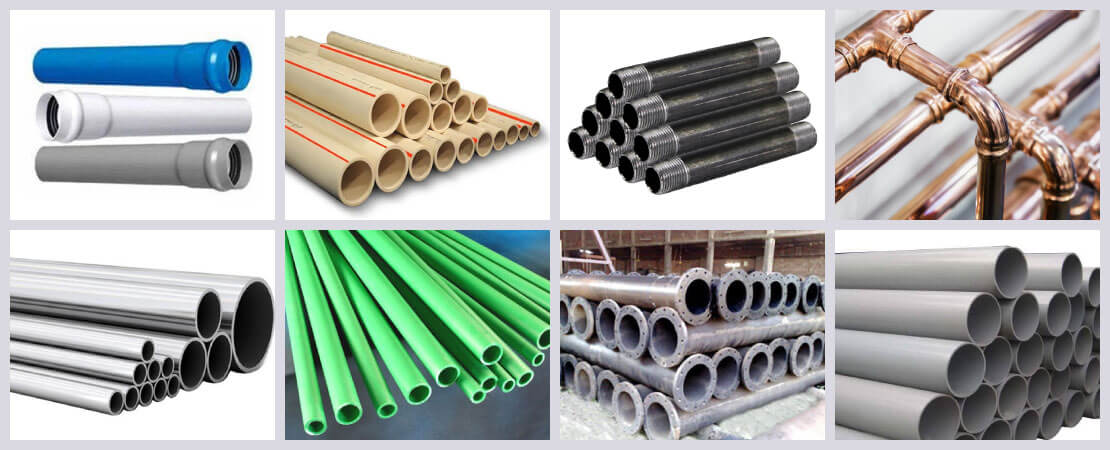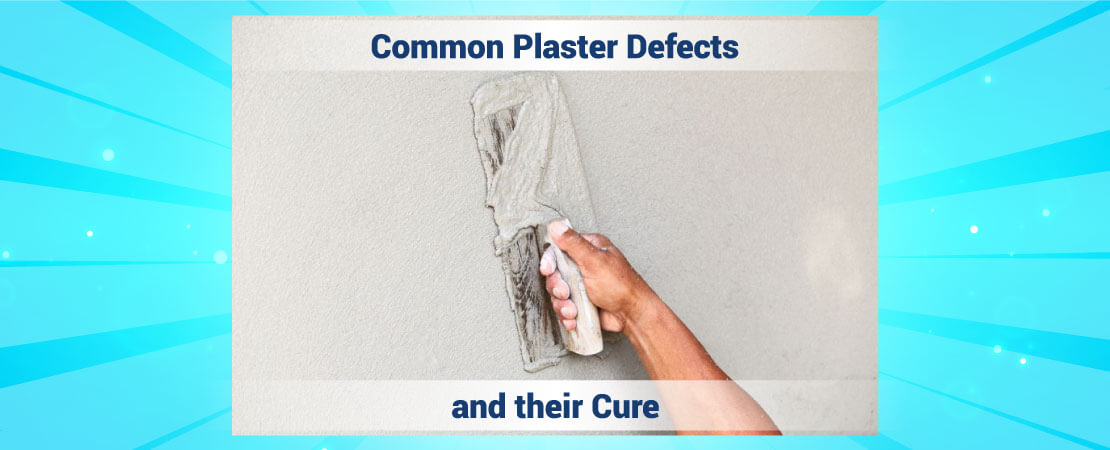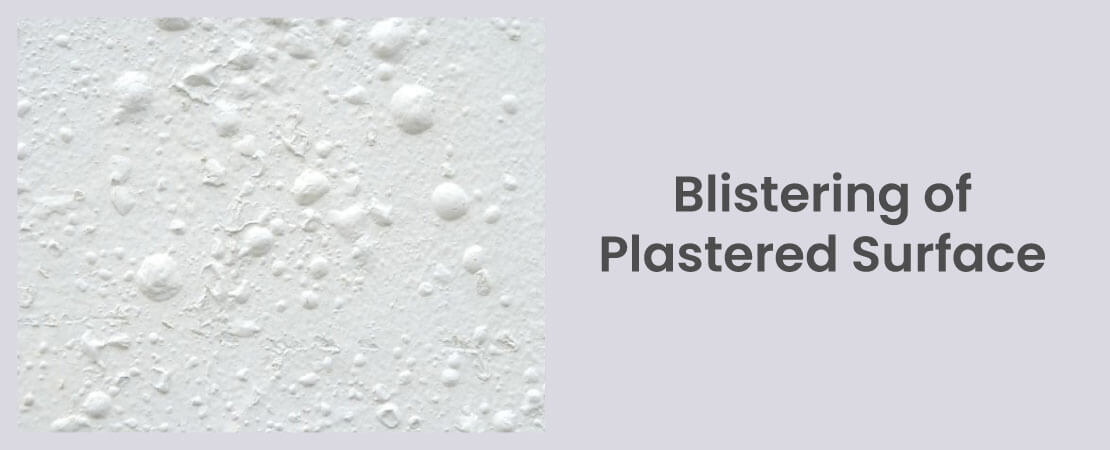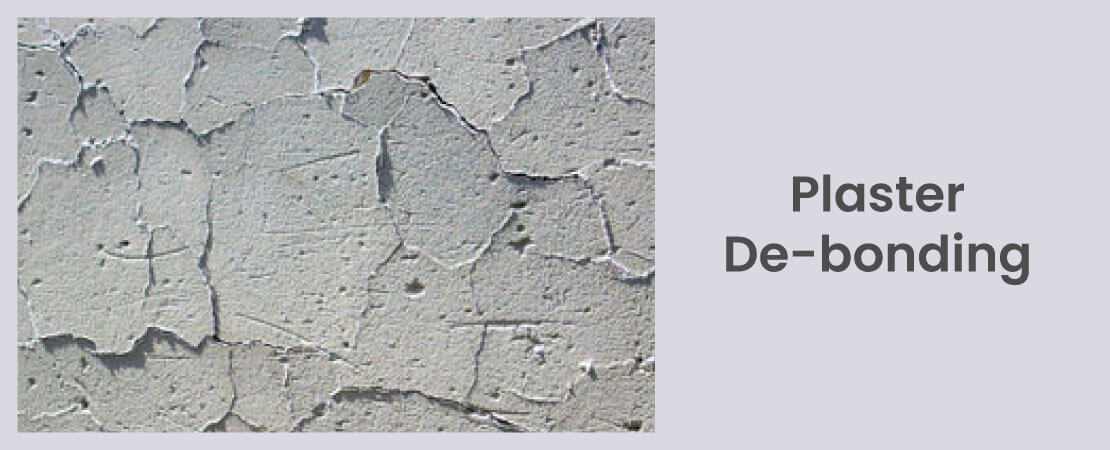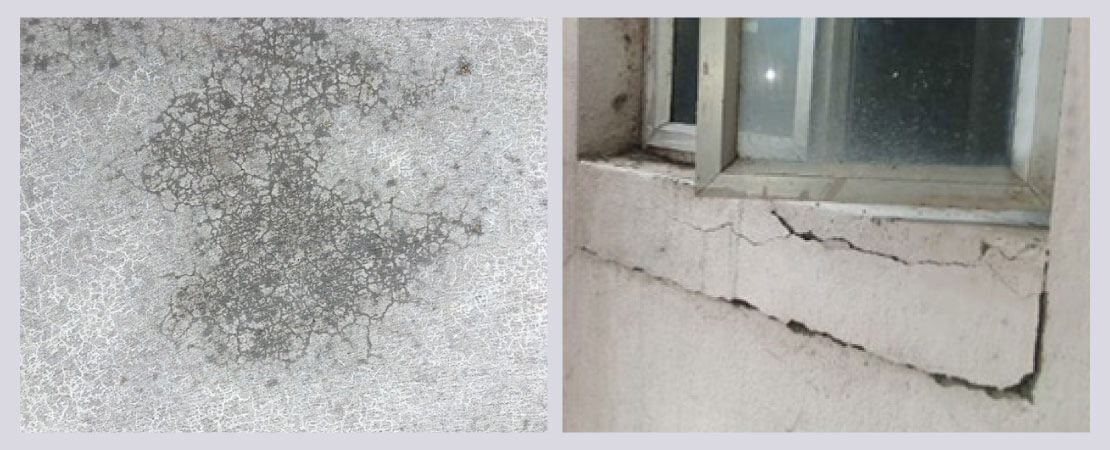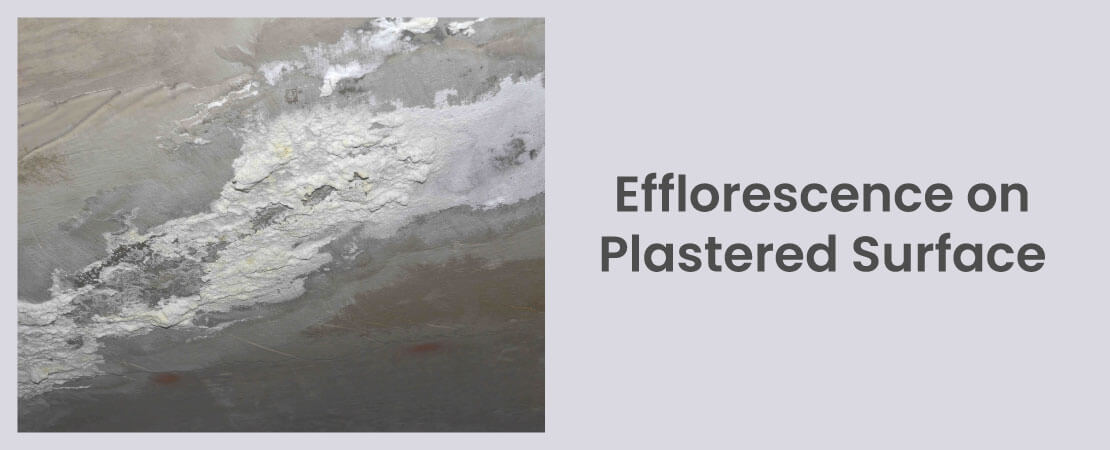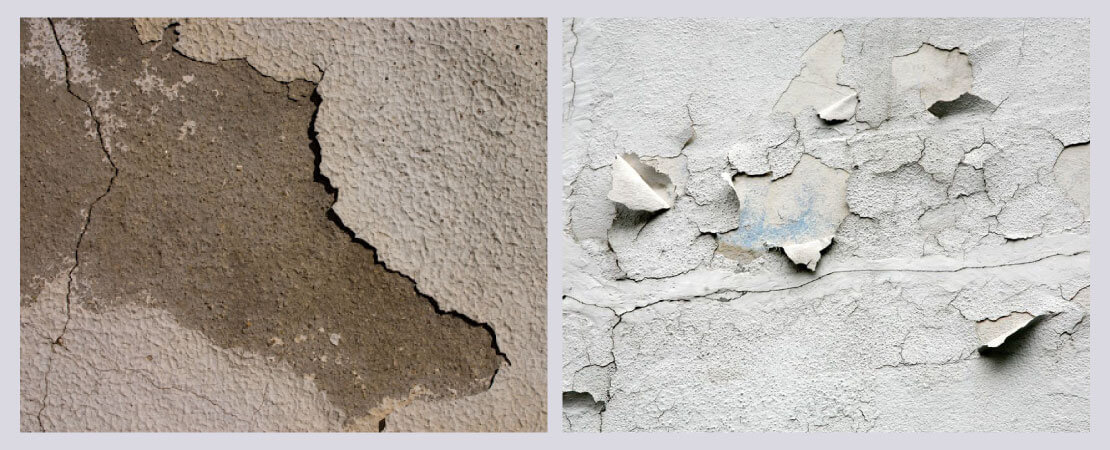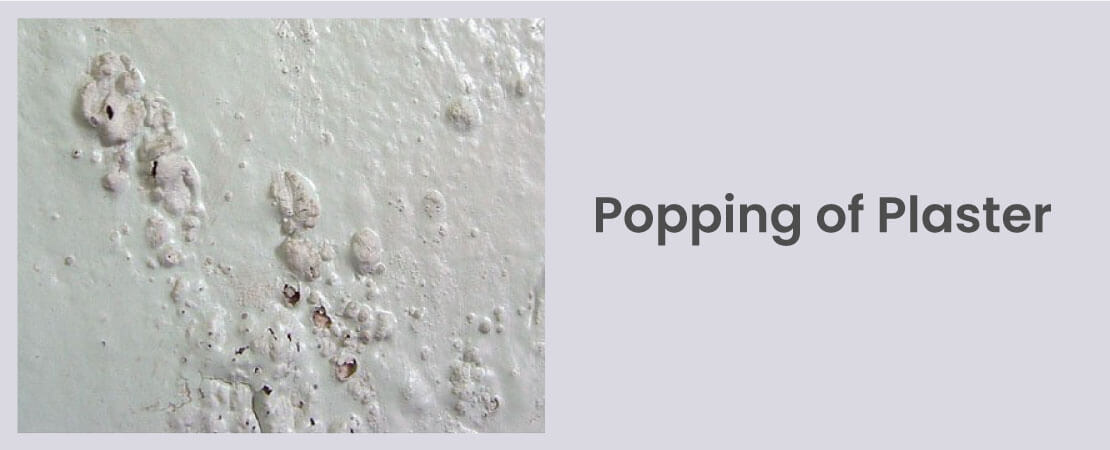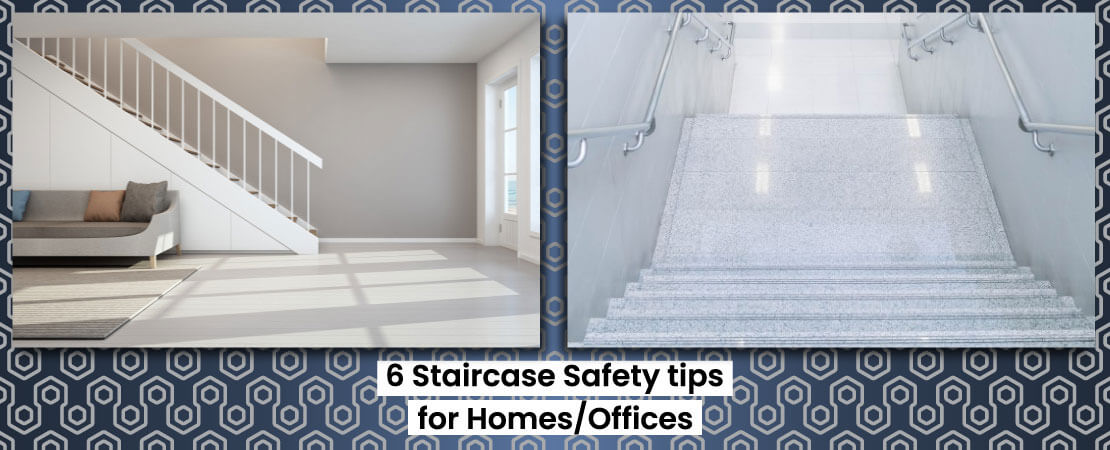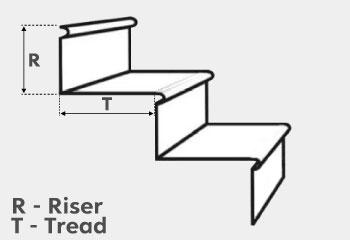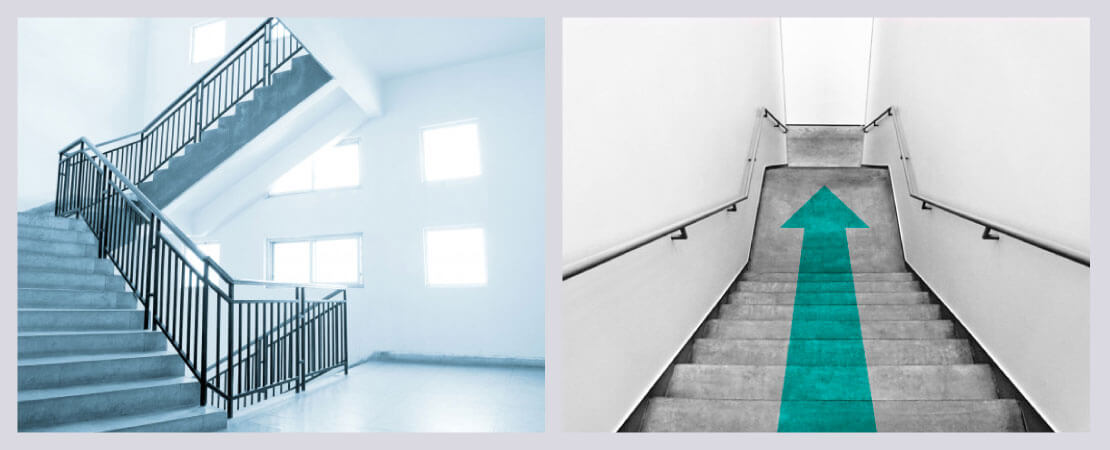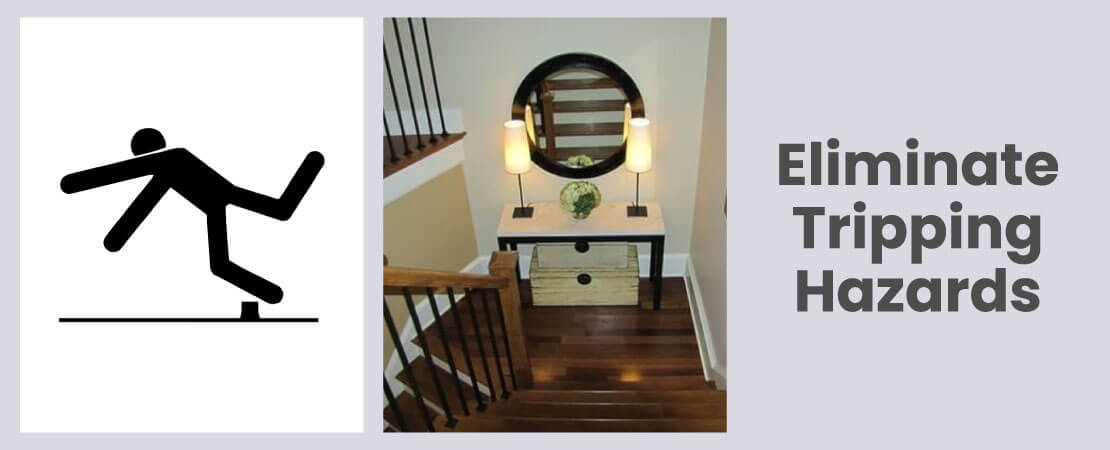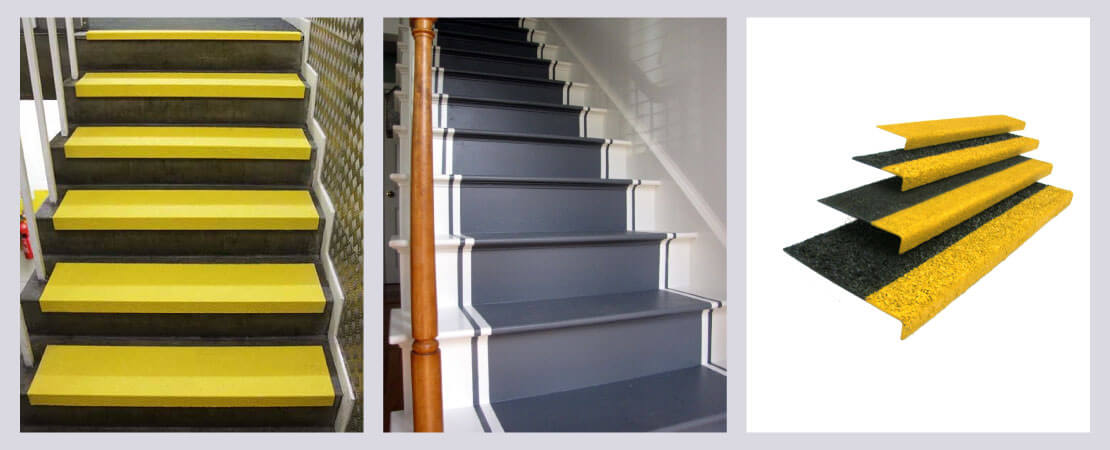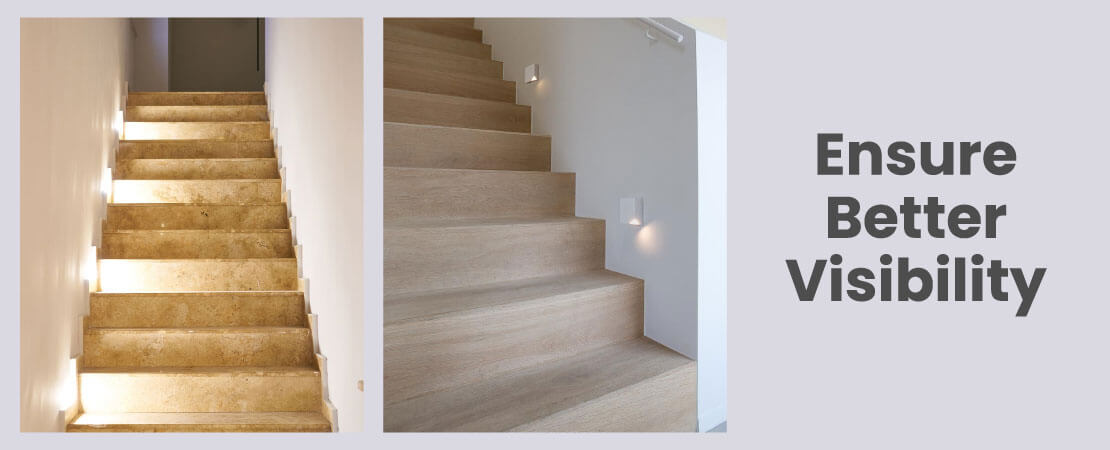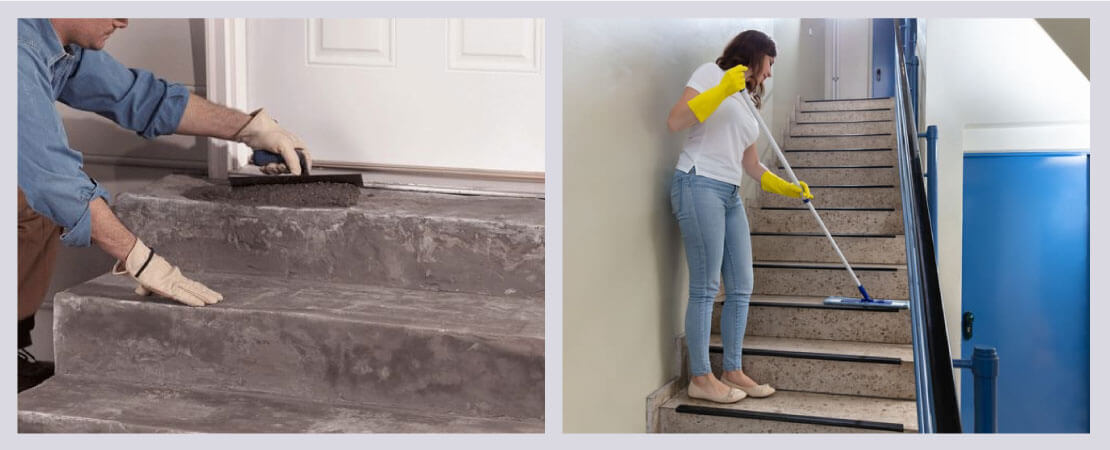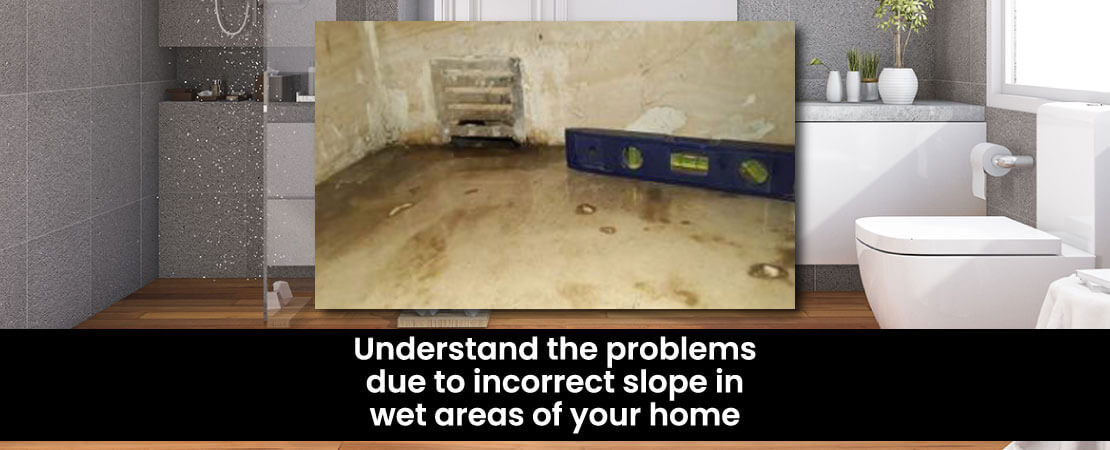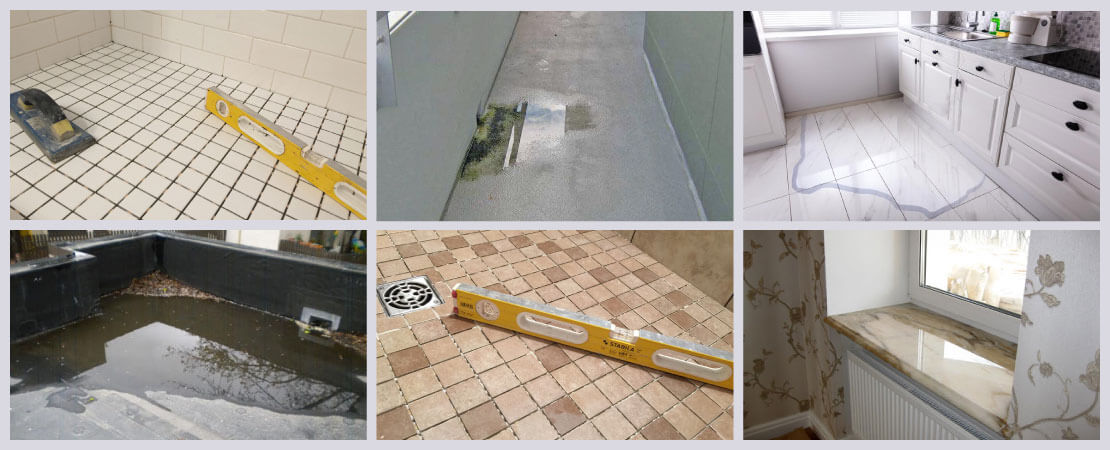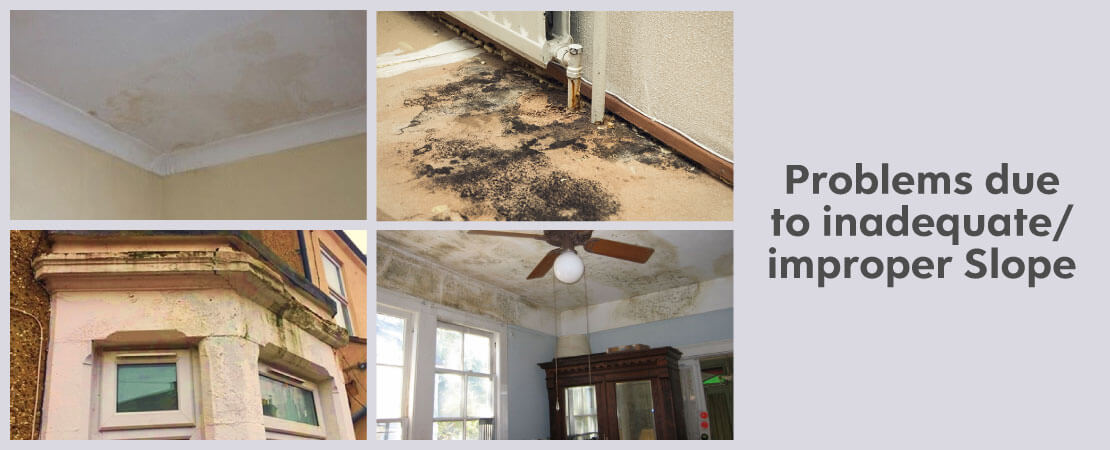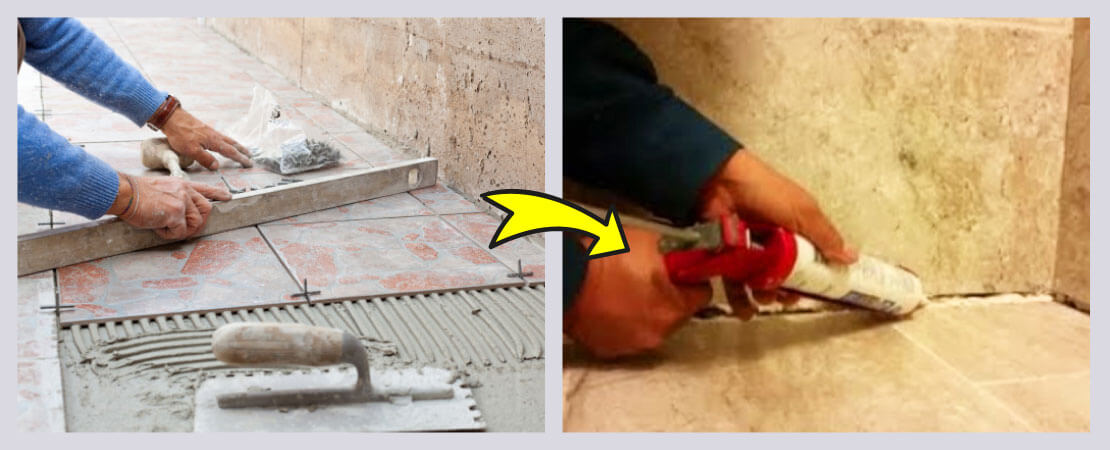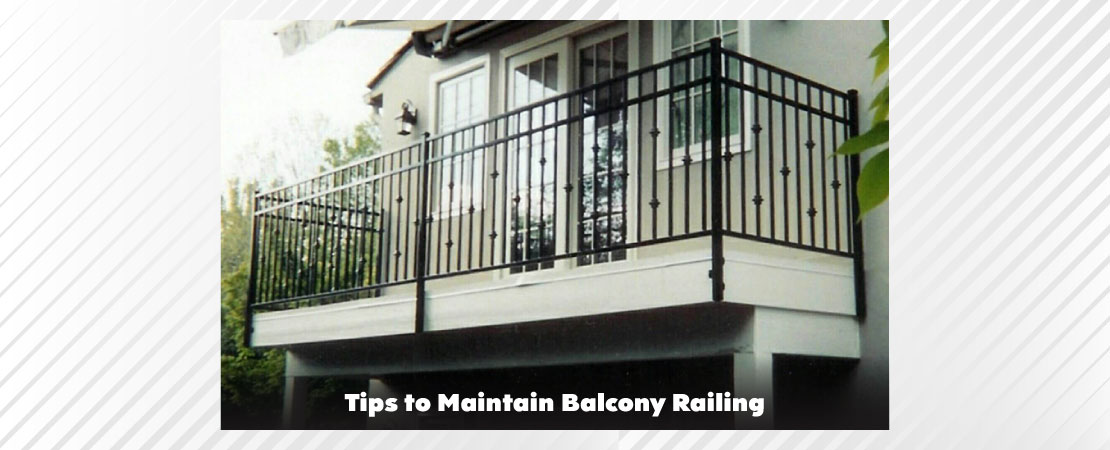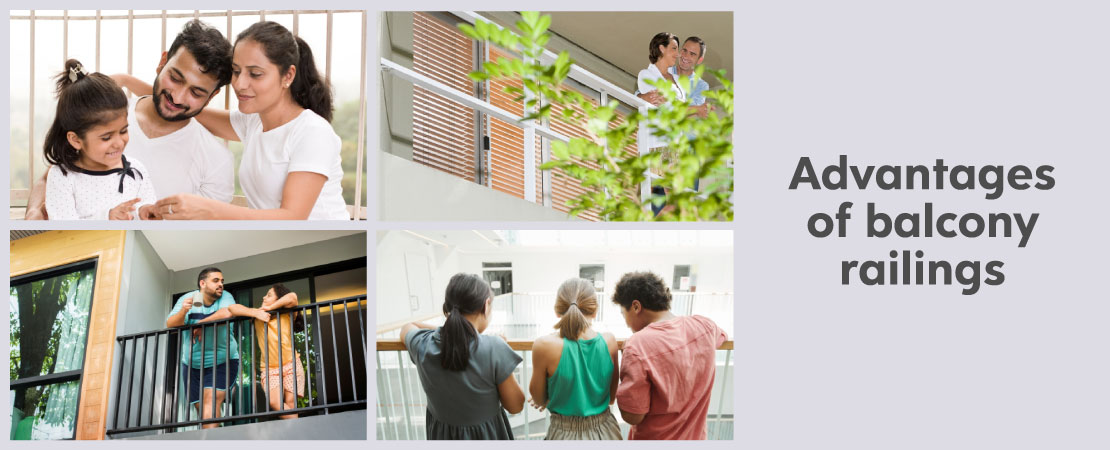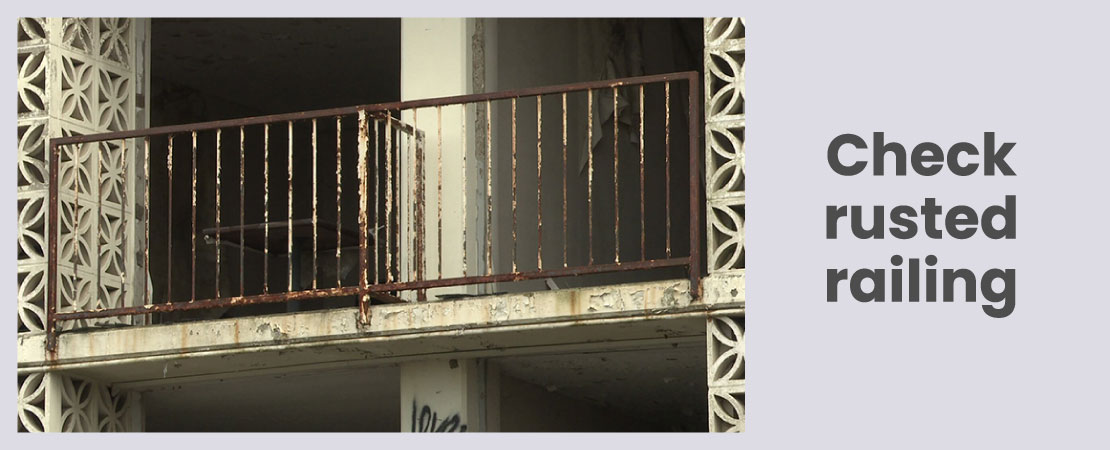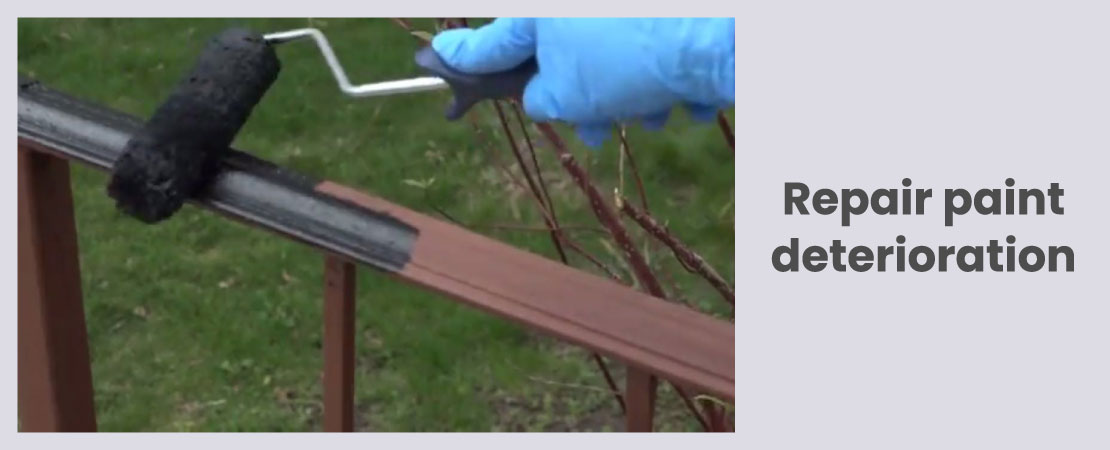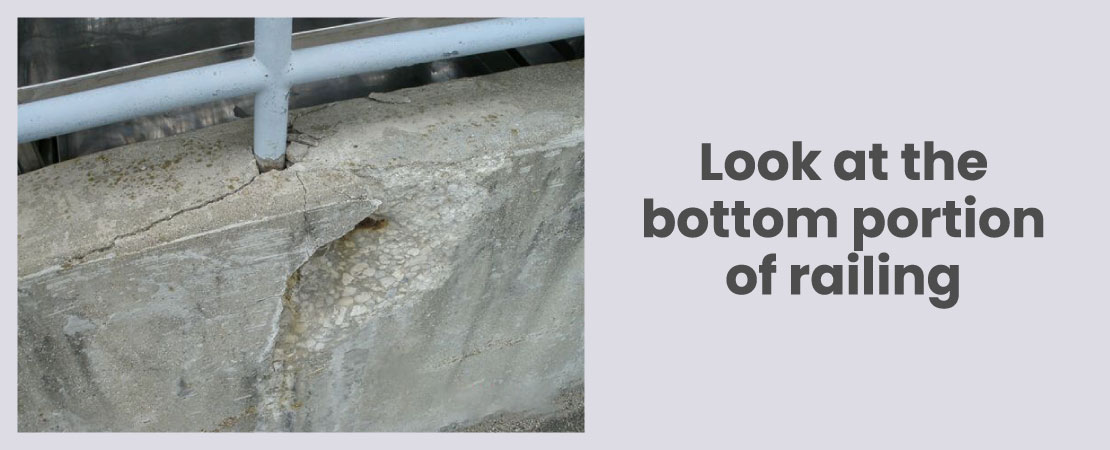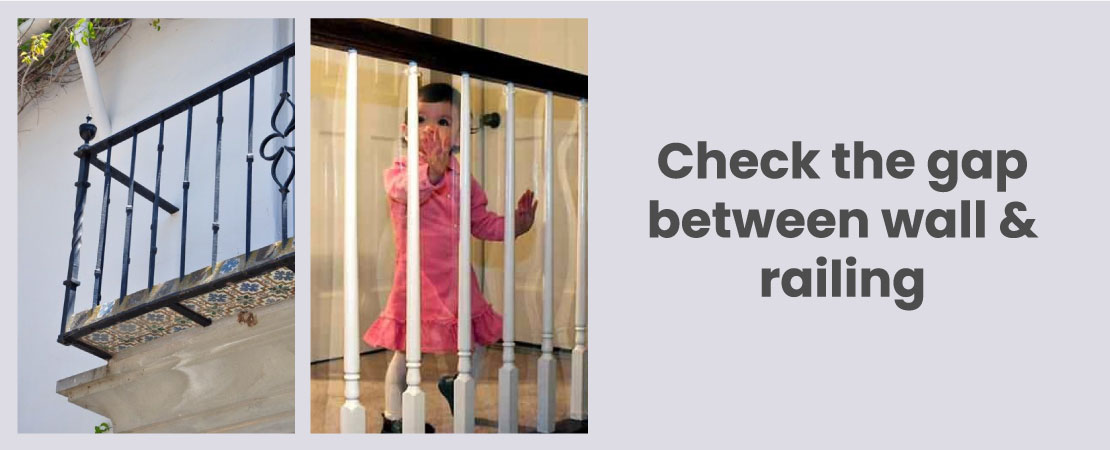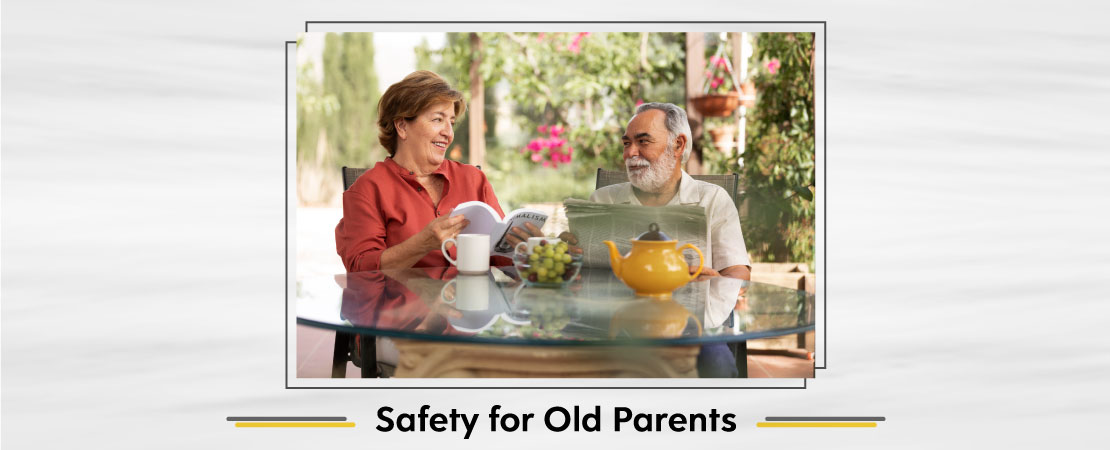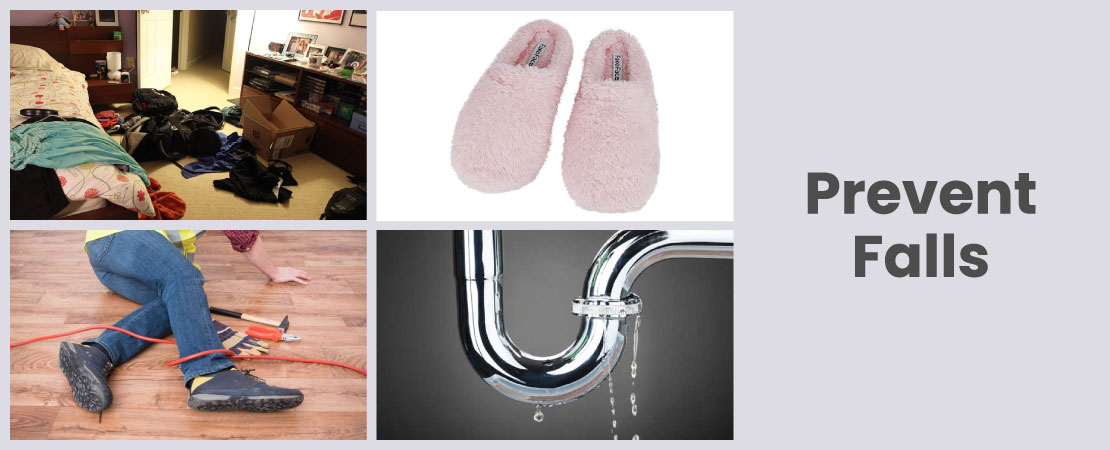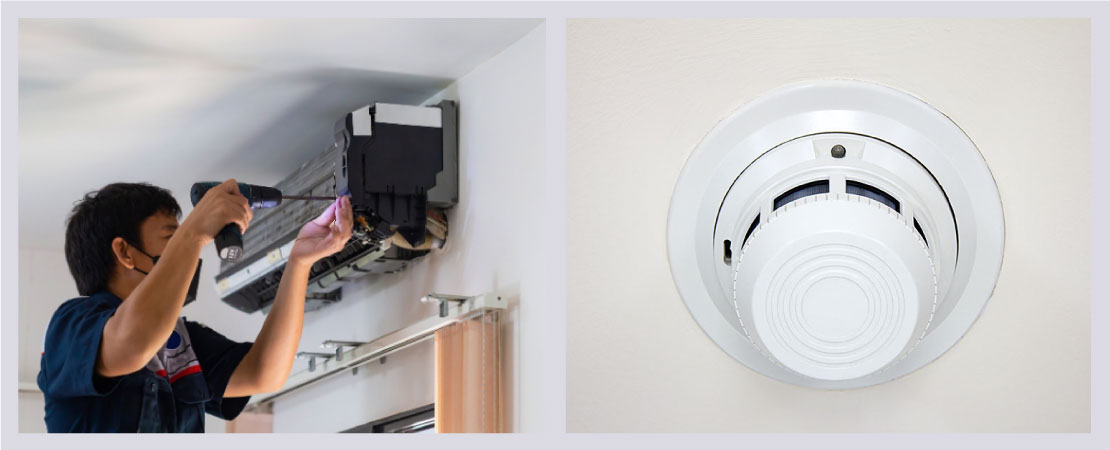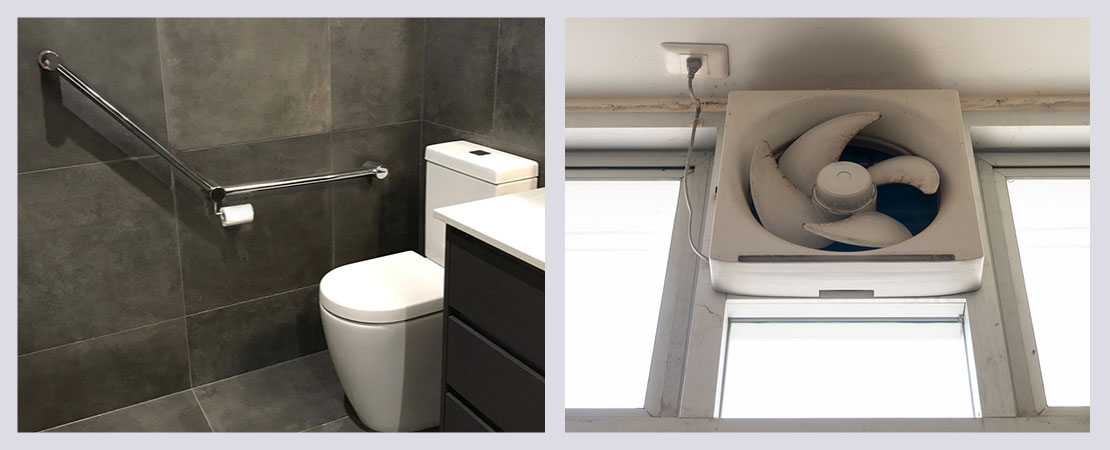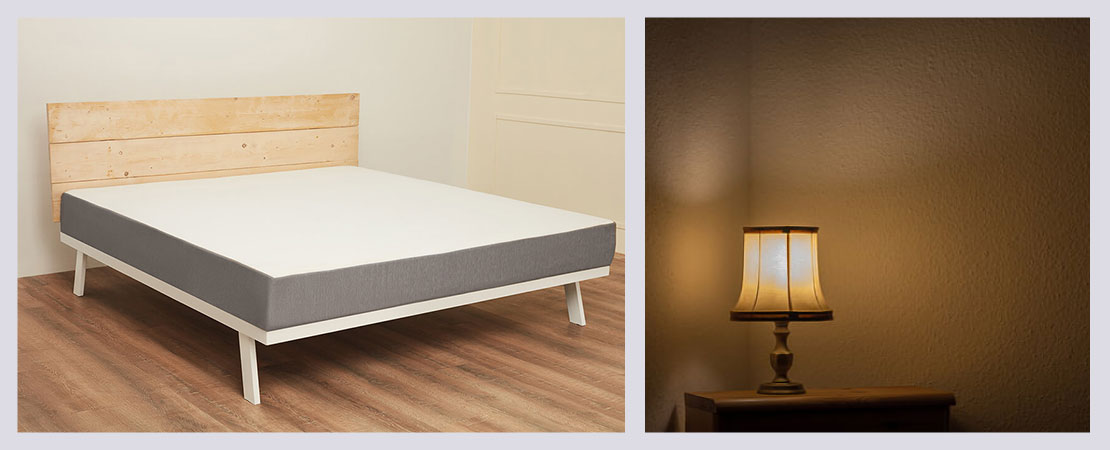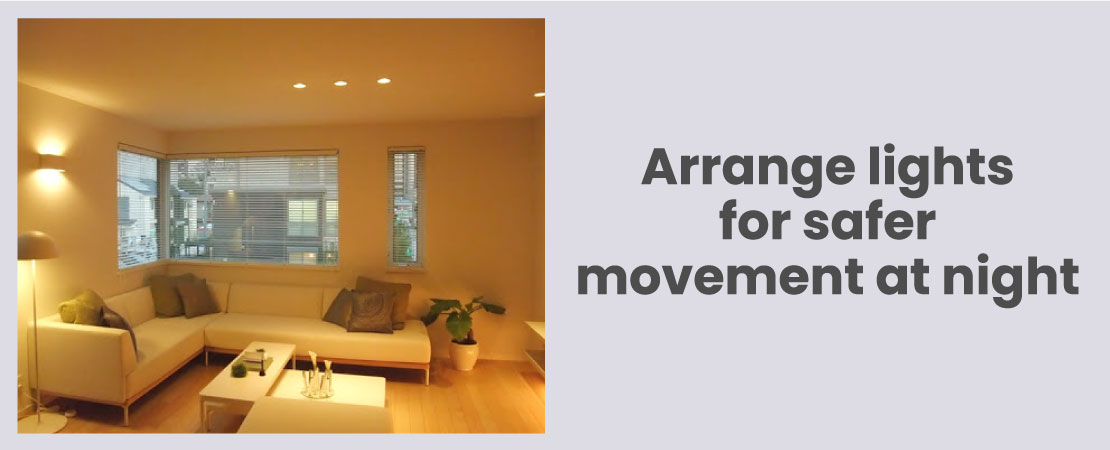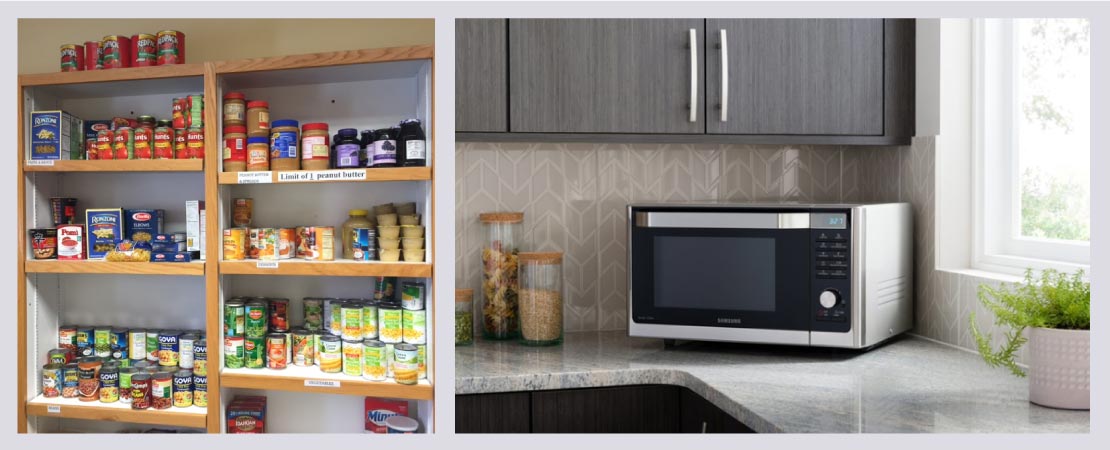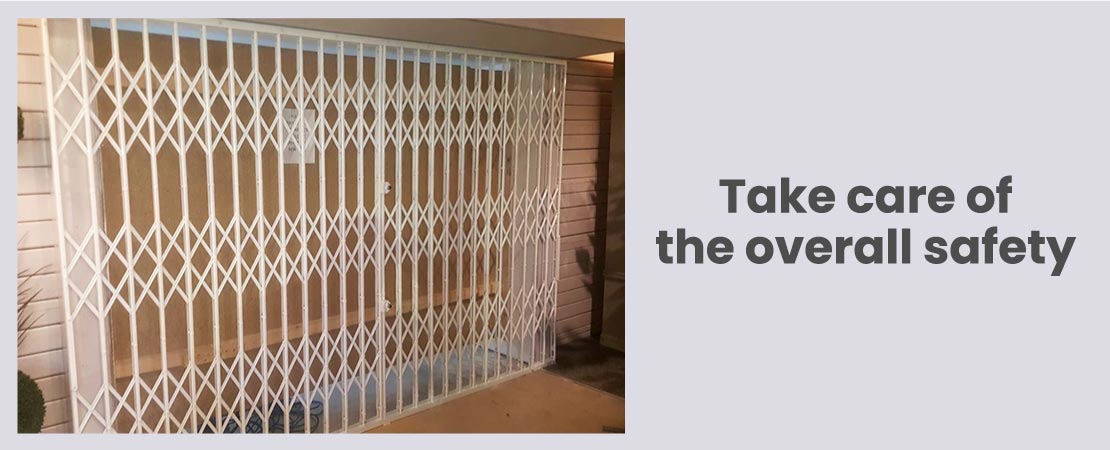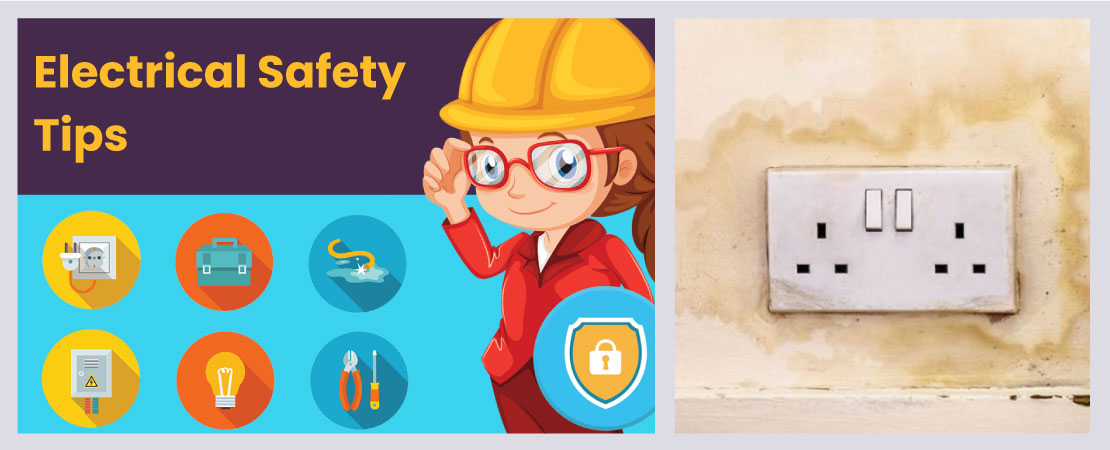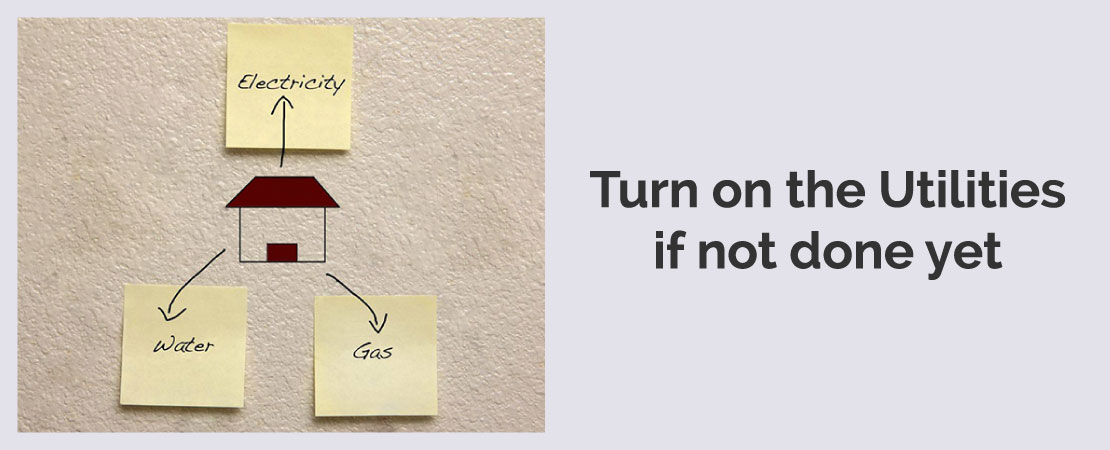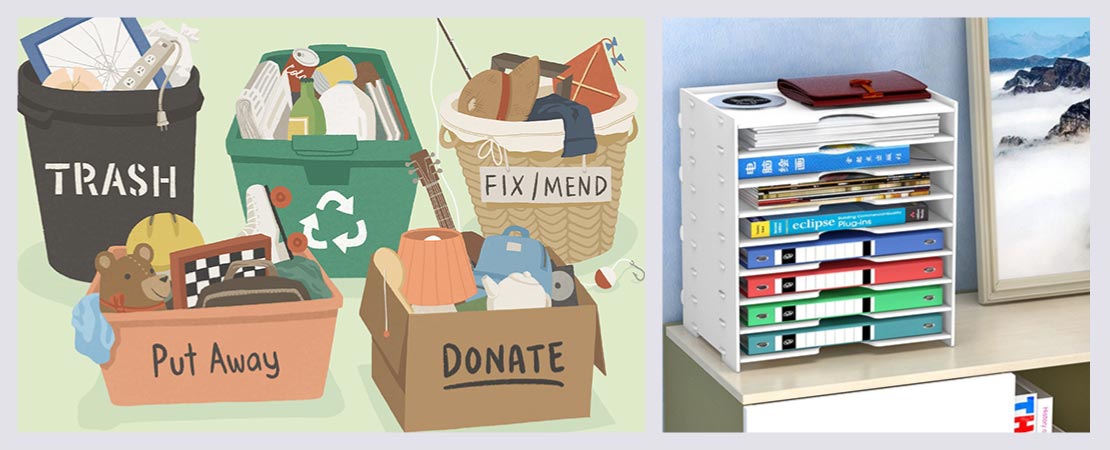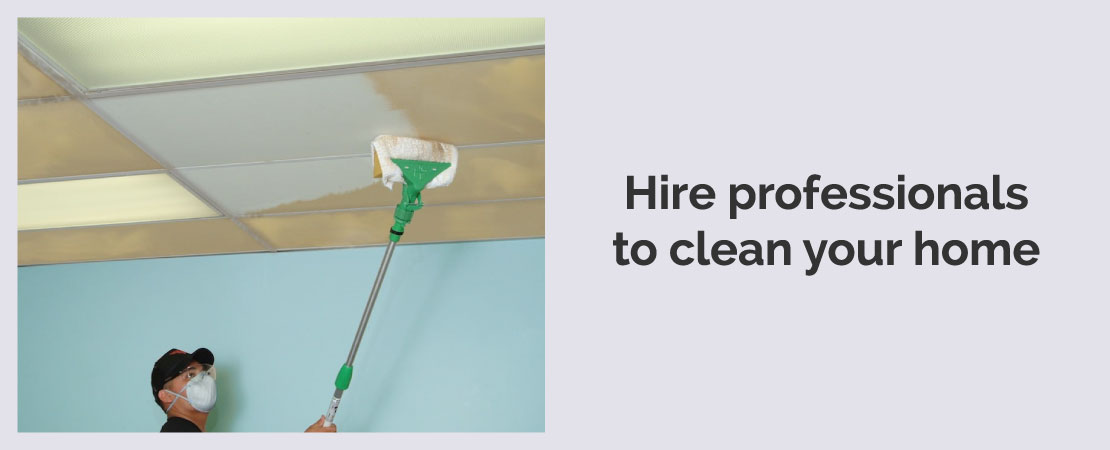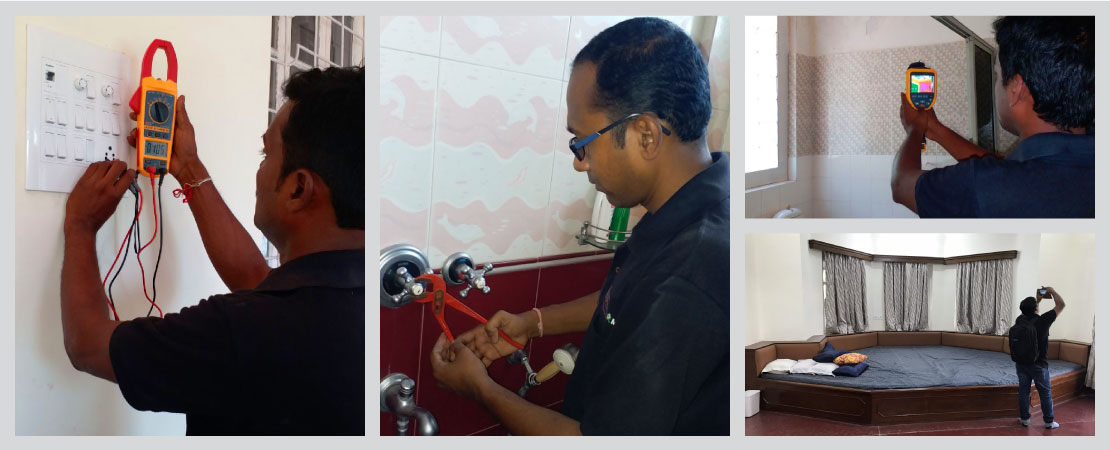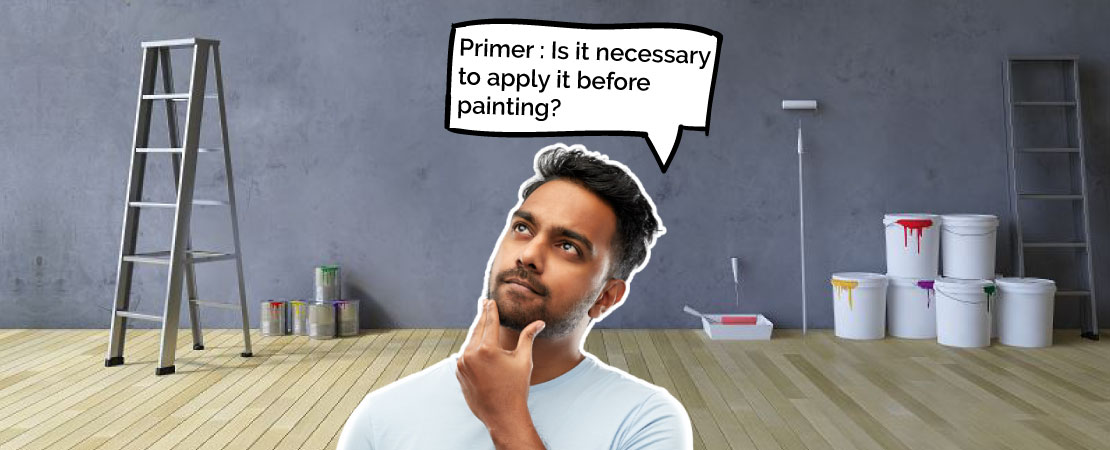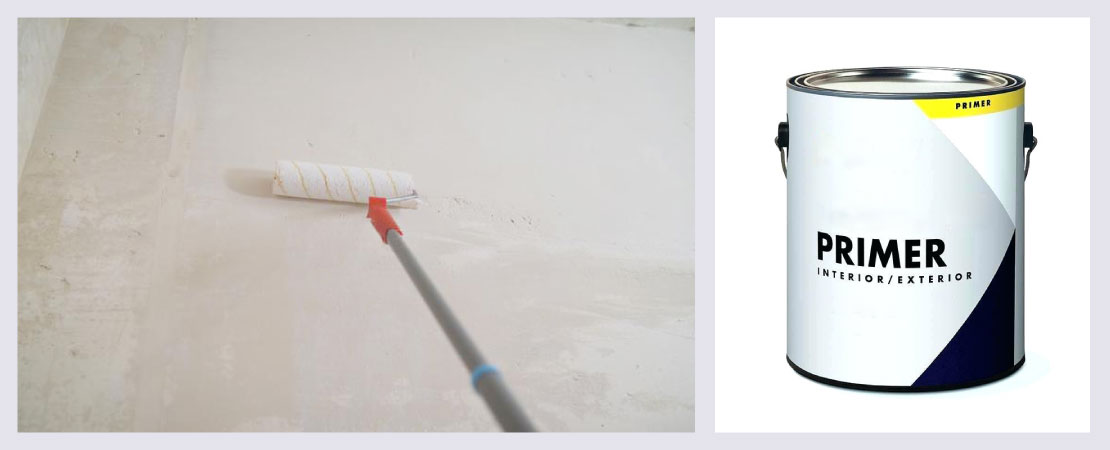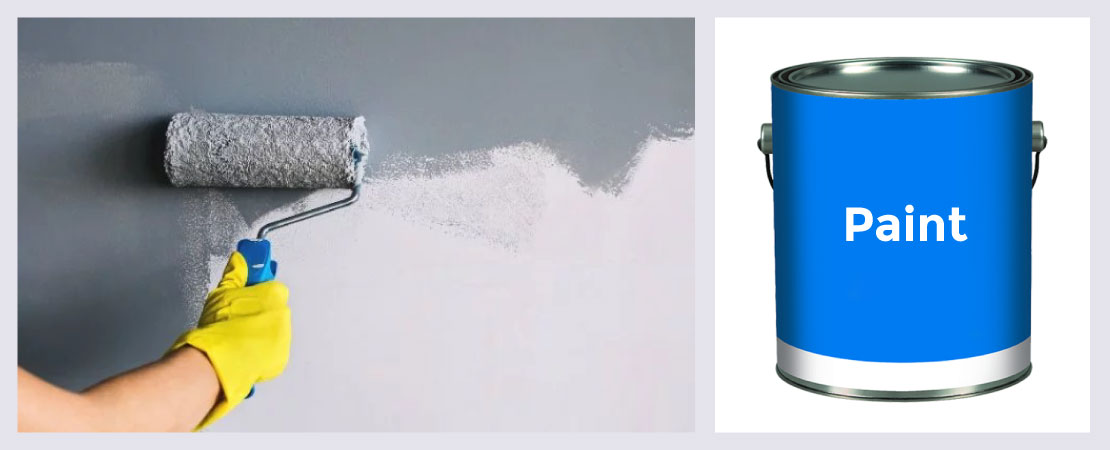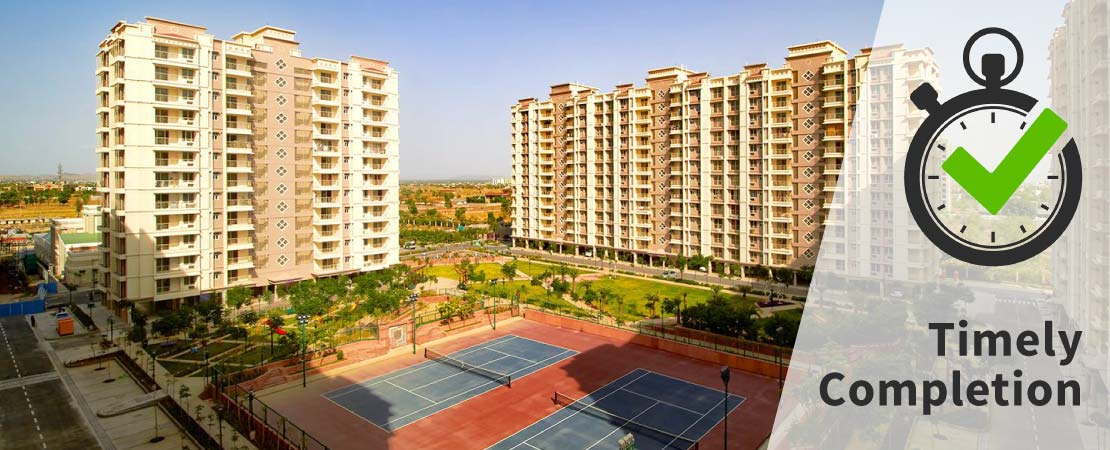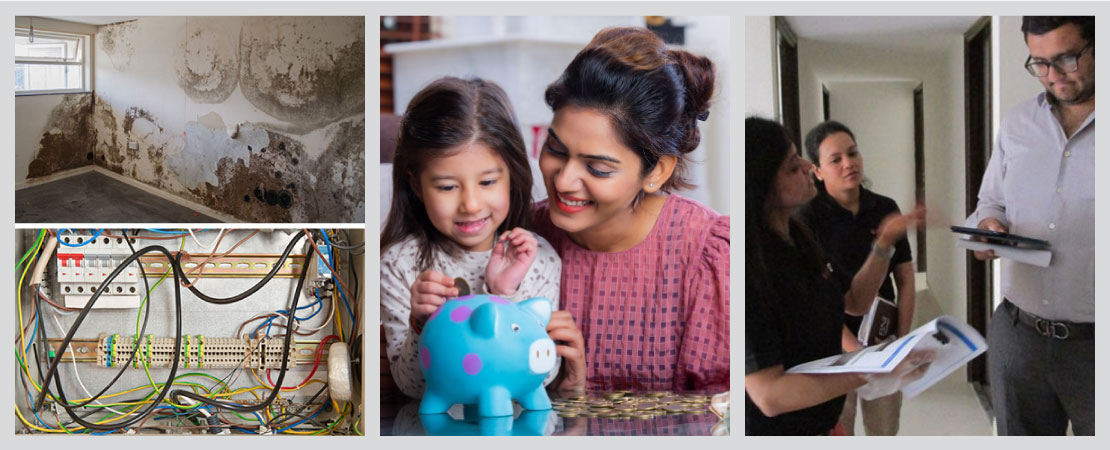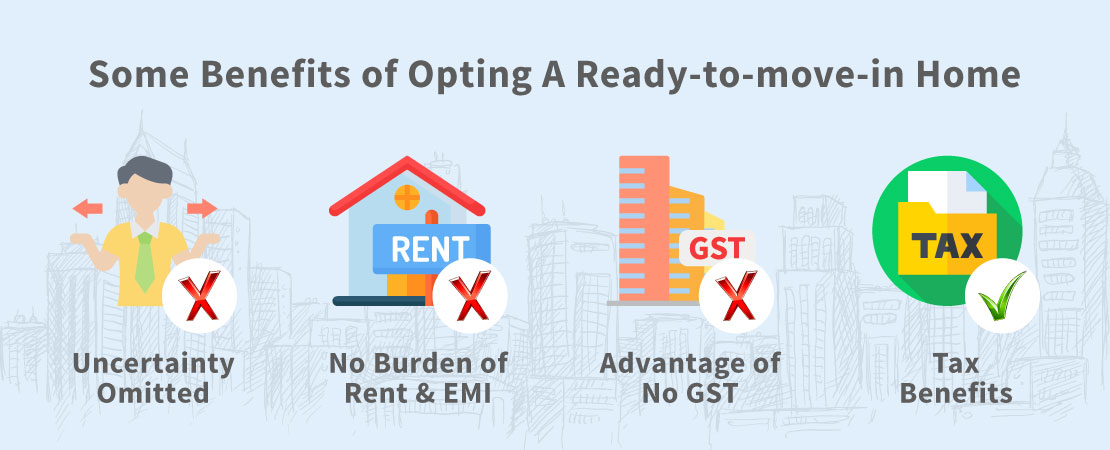Most of us are so busy that we cannot even look after our home/property, so that it remains maintained in a good condition for a long time. During monsoon, we sometimes observe the presence of moisture or patches around the window or even water seepage. This usually happens due to gaps around window frame caused by sealant deterioration1 which is often over looked by a homeowner or resident. Besides, many people may not be knowing about these unfilled gaps, the reason behind it and negative effects. Hence it gets unnoticed and the result is a costlier repair & unwanted hassles.
Let us understand first – What is a Sealant?
A Sealant is a liquid form of material that usually looks, feels, and acts like a gel. Sealant is a substance used to block the passage of fluids through the surface or joints or openings in a material. For better understanding, it is a material that is used to seal the joints between materials such as concrete, aluminum etc. In general, joints are provided in the structures to prevent the damage produced by stresses.
A Sealant can keep its elasticity & stability in both temperatures – high & low. Additionally, it is resistant to other chemicals, moisture and weathering.
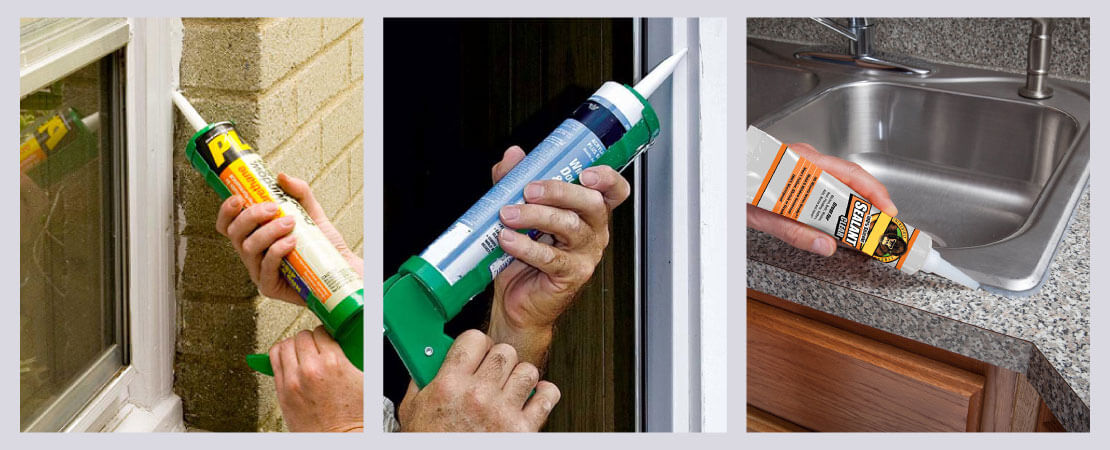
Application of Sealant in Home
Sealants are used between materials having different thermal movement. In addition, these are also used in the glazing joints and sealing of porous surfaces to non-porous surfaces. The areas where sealants are used in the homes are:
- Gap between wall and window frame at both sides (i.e. gap around the window frame)
- Gap around the door frame
- Gap around sink installation in your kitchen
- Gap around AC gas pipe2 Sleeve
- Joint between furniture pedestal and floor
Apart from these, there are other gaps in homes like tile joints in the bathroom, counter stone joints in the kitchen etc. which need to be filled. But as the material is the same, tile or stone grout3 can be used in the joints.
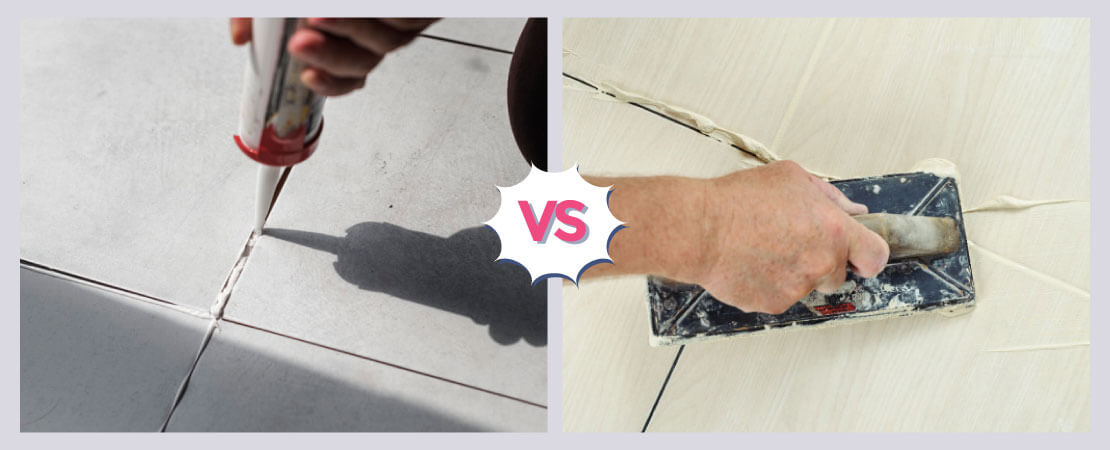
Difference from other fillers (grout)
Let us just understand the difference between sealant and grout:
| Sl. No. | Sealant | Grout |
| 1 | A sealant typically refers to a high performance compound having more expensive ingredients, little shrinkage, excellent weathering and UV resistance. | A grout is any intermediate performance compound. Typically being lower quality. |
| 2 | It is usually flexible material. | It is a rigid material. |
| 3 | It provides long service life cycles from 10 – 20 years. | It has a service life of around 5 years. |
| 4 | It is costlier than grout. | It is cost-effective. |
Beside the above differentiation, there may be different materials (like tile and counter stone joint) having different movements due to thermal changes. In that case use a sealant, as it works well where differential movement can cause your grout to crack. It is very important to choose junction filler wisely to increase its longevity.

Desirable Properties
Sealants used in filling gaps, joints and cracks must be shrink free. Sealants should also have excellent bonding and adhesion properties so that these do not come off when subjected to the sun rain, heat or cold temperature.
After application and on drying, these should form a permanent elastic rubber-like seal to serve their purpose. These should therefore be UV resistant and should offer a long-term durability.
Apart from this, we want to tell you briefly about commonly used sealants among different types4. Silicone sealants are the most commonly used sealants. These are transparent and take 10 to 20 minutes to form the sealing skin over the joint or gap. There are two types of silicone sealant preferred to be used for homes.
- General purpose silicone sealant – It is a type of sealant which is used in interior areas.
- Exterior grade silicone sealant – It is the type of sealant which is used in exterior areas. It is more chemical resistant and can withstand different weather conditions.
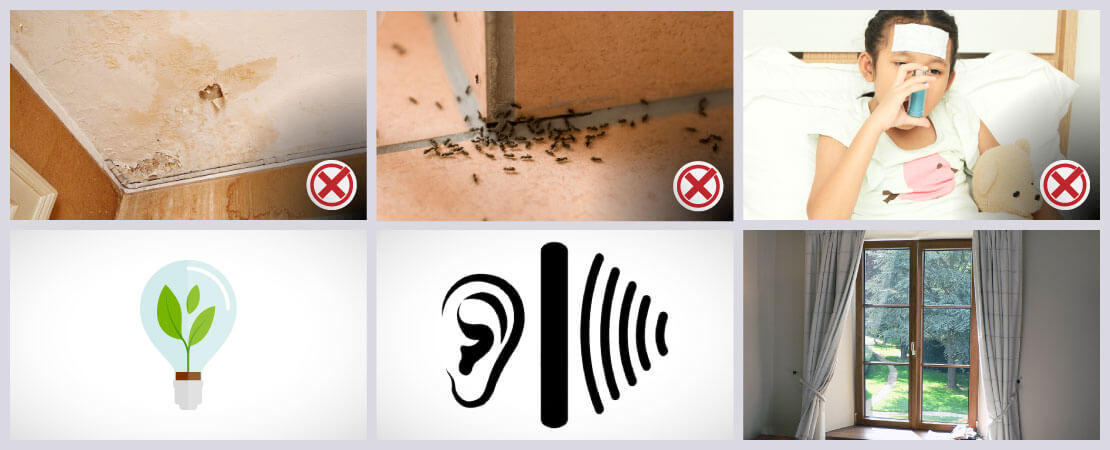
Benefits of using sealant at Home
Using a good quality sealant can be very beneficial in protecting your home.Proper sealing of windows and doors is something that should not be overlooked. Now let us walk you through benefits of using sealant (related to the common use of sealing around door and window frames) which will be helpful in understanding its importance:
- Saves from damage to the home/property: Due to unsealed gaps around windows (reason can be sealant deterioration or sealant not being used) and doors, the moisture / water may seep into your home. Most common damages inside homes occur due to water seepage through the gaps between window frame & external wall. This gap will be a source for moisture to flow inside the home. If the gap is not filled properly, it will lead to moisture intrusion, paint deterioration & damage to walls and other associated areas. This point is applicable to other areas of the home as well where sealant is used. Hence using sealant and checking its condition can avoid the entry of moisture in your home.
- Keeps Insects away:Unsealed windows and doors make it easy for little creatures like mosquitoes, ants, spiders etc. to invade a home.
- Health Factor: Besides the fact that it will keep insects from moving in, it can also be beneficial to keep pollen and allergens outside. This can be extremely helpful for those who suffer from seasonal allergies. Secondly, as we have already mentioned that moisture intrusion can occur in the home due to unsealed gaps. This will not only damage the property but also cause health hazards due to moisture.
- Improves Energy Efficiency: If your doors and windows are properly sealed, then the temperature of the room can be maintained or regulated during both seasons (summer & winter). Improper sealing ultimately makes it more difficult for a cooling system like Air conditioner (AC) to regulate temperature. When AC is constantly working harder to regulate the required temperature within the home, chances are that energy costs will increase. Not only it will be more expensive, but it will also put more stress on the system/appliance than necessary.
- Obstructs outside noise: Sealing windows and doors properly can also prevent street noise from entering your home and residents can continue to enjoy the peace and serenity inside their home.
- Well maintained Window: A buildup of moisture being untreated for a period of time can cause your window (or door) to begin to warp and lose shape. Checking the condition of sealant is one of the tip for window maintenance.
Conclusion
Sealant plays a significant role in your home. When unwanted gaps are properly sealed, deterioration can be over and you can enjoy your life’s big investment for a long time. Our objective of writing this content was to tell you about the usage and importance of sealants for your home. Also, we wanted to create awareness that sometimes a small defect in your opinion like a gap around the window frame or sink, if left unnoticed can create a much bigger problem in the future.
Reference links used:
1. http://restoremasonry.com/capability/building-sealant/
2. https://home.howstuffworks.com/home-improvement/household-safety/10-ways-to-bug-proof-your-home.htm#pt5
3. https://www.tileoutlets.com/blog/why-you-need-grout-when-you-install-tile-and-stone/
4. https://www.tribuneindia.com/news/archive/features/choose-the-right-sealant-172448

